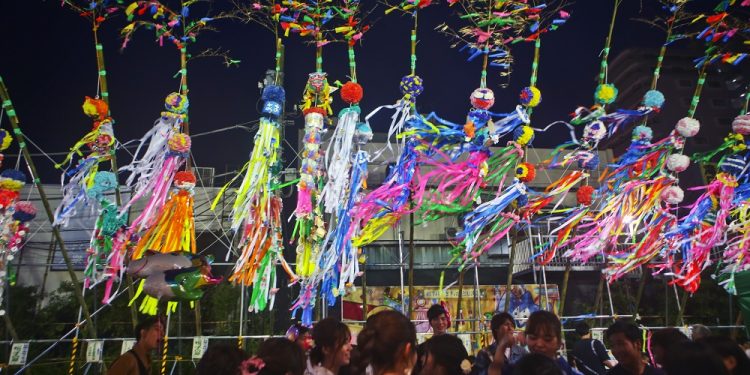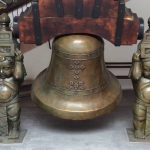
Tanabata (Star Festival)
Tanabata is a Japanese festival which is observed between July 7th and the end of August, depending on where in Japan it is celebrated. It celebrates the meeting of the deities Hikoboshi and Orihime – two celestial lovers represented by Altair & Vega, who are usually separated by the Milky Way.
According to legend, they are only allowed to meet once per year, and this meeting occurs on the seventh lunar month of the lunisolar calendar, which can vary according to the region.
History of Tanabata
Tanabata can be traced back to 755. This is when the festival was first introduced to the country by Empress Koken. It’s a holiday that was originally borrowed from the Qixi Festival – a holiday celebrated in China and based on the story of Orihime and Hikoboshi. It became extremely popular between the 17th and 19th centuries and was combined with various Obon traditions. Over the years, it evolved into the festival that it is today.
The Story of Orihime & Hikoboshi
According to legend, Orihime, represented by the star Vega, was a princess and the daughter of Tentei, or King of the Sky. Every day, she would sit on the banks of the Milky Way, also known as Amanogawa or the River of Heaven, and weave the most beautiful clothing for her father, clothing which he dearly loved with all of his heart. Unfortunately, while her weaving made her father happy, it made Orihime extremely upset because she felt that her ceaseless weaving prevented her from finding her true love.
After seeing his daughter so sad, Tentei decided to arrange for her to meet Hikoboshi, represented by the star Altair, who was a cowherder working on the opposite bank of the Amanogawa. He did so, much to her delight. What Tentei didn’t know, though, was how much of an impact their meeting would have on the universe. When they met each other, they both fell instantly in love. It wasn’t long before they were joined in marriage. However, once they were married, they neglected their duties.
Orihime stopped weaving ornate clothing for her father, and Hikoboshi allowed all of his cows to stray along the Milky Way. This made Tentei very angry. So angry, in fact, that he separated the two of them and forbade them to ever meet. Upon losing her husband Hikoboshi, Orihime became quite distressed and begged her father to let them meet again. At the sight of her tears, her father relented and told them they could meet on the 7th day of the 7th month. Unfortunately, there was no bridge spanning the Milky Way, so they had no way to cross it to see each other.
Once again, Orihime began to cry. She cried so much that it caught the attention of a flock of magpies who decided to help the two lovers. They did so by making a bridge so she could cross the river, an act the magpies repeat every year, except on days when it rains. According to legend, if it rains, the magpies cannot make the bridge, and the lovers have to wait until the following year to meet.
Tanabata Customs & Traditions
Depending on the area of Japan in which it is celebrated, the date on which this festival falls can vary greatly. In some areas, it is held as early as July 7th. In other areas, however, it isn’t celebrated until August 7th – or in some years, even later.
Some of the food enjoyed by people includes round dough balls called Takoyaki; a dish of fried noodles combined with cabbage and pork called Yakisoba; a savory pancake called Okonomiyaki; and grilled chicken (or chicken hearts, skin, or liver, depending on the vendor) called Yakitori.
It is also traditional for people to write their wishes on colorful strips of paper called tanzaku papers and affix them to bamboo branches. These branches may then be used in conjunction with all of the colorful streamers to decorate the outside of one’s home or business.








